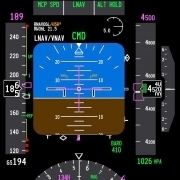
Sign in to follow this
Followers
0

Headwind component Vref calculation clarification ?
By
WilloW_737, in PMDG 737NGX | 737NGXu


By
WilloW_737, in PMDG 737NGX | 737NGXu